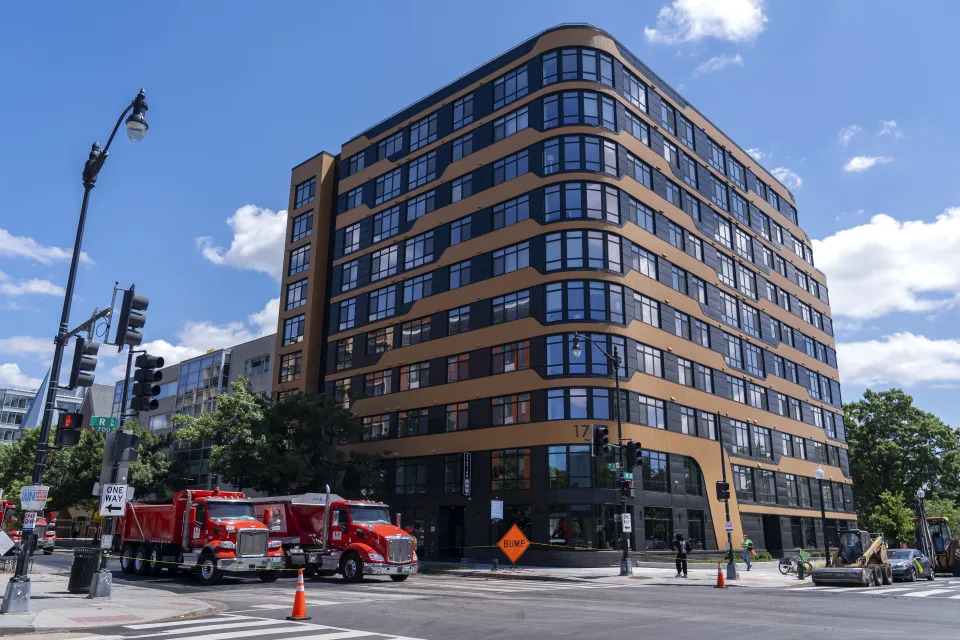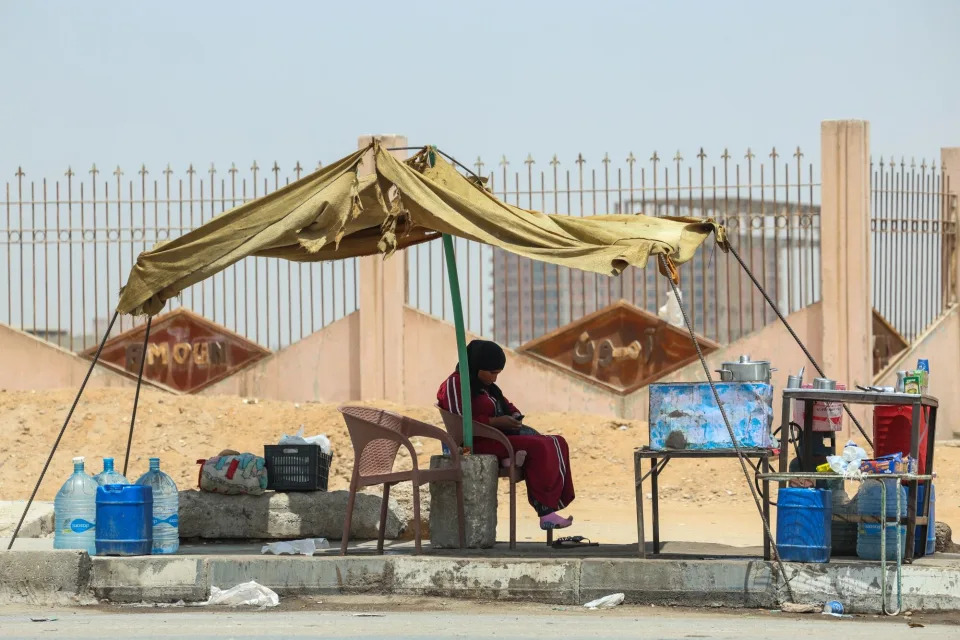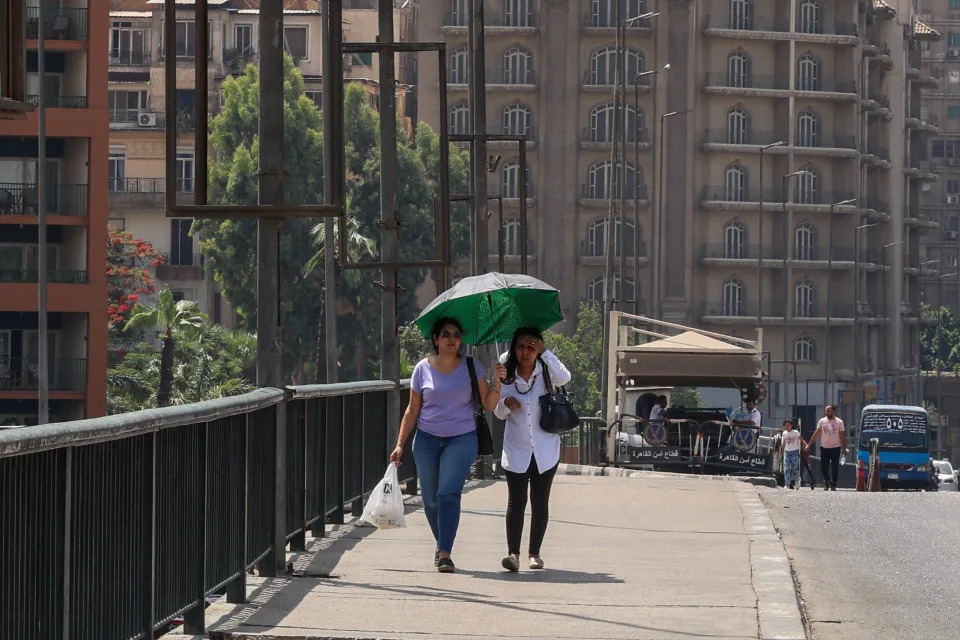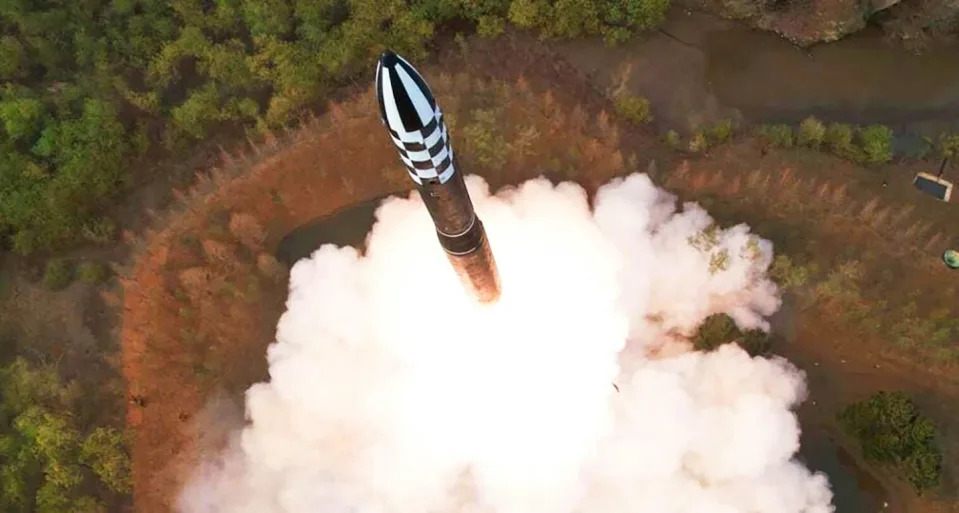Biden and gun control advocates want to flip an issue long dominated by the NRA
GUN CONTROL, ABORTION AND VOTING RIGHTS
THE ELECTION ISSUES
ATLANTA (AP) — Groups pushing tighter gun laws have been building political muscle through multiple elections, boosted by the outcry following mass shootings at schools and other public places, in addition to the nation's daily gun violence.
Now, gun control advocates and many Democrats see additional openings created by hard-line positions of the gun lobby and their most influential champion, former President Donald Trump. They also point to controversies surrounding the National Rifle Association, which has undergone leadership shuffles and membership declines after a key former executive was found to have expensed private jet flights and accepted vacations from group vendors.
At a Washington conference hosted by Everytown for Gun Safety Action Fund on Tuesday, President Joe Biden rattled off a list of gun-related accomplishments during his administration, prompting huge cheers from the hundreds in the audience. He also called for a ban on assault-style weapons and universal background checks for firearms purchases.
Biden’s speech came as his son Hunter was convicted Tuesday of three charges for lying on a federal gun-purchase form in 2018 when he said he was not a drug user. The president, who has said he loves his son and also would respect the verdict, was leaving from the event to head to Delaware to be with his son and family. He did not mention his son during his address.
“We need you," Biden told the enthusiastic crowd members, whom he repeatedly praised for their advocacy. “We need you to overcome the unrelenting opposition of the gun lobby.”
Biden's campaign says gun control could be a motivating issue for suburban college-educated women who may be decisive in several key battlegrounds this fall. The Democratic campaign and its allies have already circulated clips of Trump, a Republican, saying, “We have to get over it," after an Iowa school shooting in January and then telling NRA members in May that he “did nothing” on guns during his presidency.
There have been 15 mass killings so far in 2024, according to data tracked by The Associated Press. A mass killing is defined as an attack in which four or more people have died, not including the perpetrator, within a 24-hour period.
Asked for comment, the Trump campaign pointed to the former president's previous statements promising no new gun regulations if he returns to the White House.
Trump has spoken twice this year at NRA events and was endorsed by the group in May. He alleged that Biden “has a 40-year record of trying to rip firearms out of the hands of law-abiding citizens.” His campaign and the Republican National Committee also announced the creation of a “Gun Owners for Trump” coalition that includes gun-rights activists and those who work in the firearms industry.
About 7 in 10 suburban college-educated women who voted in the 2022 midterm elections supported stricter gun control laws, although less than 1 in 10 named it as the top problem facing the country, according to AP VoteCast, a wide-ranging survey of voters.
An AP-NORC poll conducted in August 2023 found that about 6 in 10 independent voters said they wanted stricter gun laws. Only about one-third of Republicans wanted more expansive gun legislation while about 9 in 10 Democrats were in support.
Biden White House gets high marks from gun-control advocates
Biden and Vice President Kamala Harris highlight their action on gun policy, notably the Bipartisan Safer Communities Act of 2022, a compromise brokered after a mass shooting at an elementary school in Uvalde, Texas. The law expanded background checks for the youngest gun buyers, tried to make it harder for domestic abusers to obtain weapons and allocated billions of dollars to programs intended to curb gun violence.
It is the most sweeping federal gun legislation since a ban on certain semi-automatic weapons was signed in 1994; that ban expired a decade later.
Tougher gun laws are also a key pillar of Biden’s anti-crime message. In his speech Tuesday, the president pointed to the more than 500 defendants who have now been charged under the 2022 law for federal gun trafficking and straw purchasing crimes.
Biden also reenergized the Bureau of Alcohol, Tobacco, Firearms and Explosives, and he’s the first president to establish a White House office devoted to preventing gun violence.
Angela Ferrell-Zabala, executive director of Moms Demand Action, called the Biden White House “the strongest administration we’ve ever seen on this issue.”
The idea of going beyond the 2022 law to enforce background checks on all potential gun buyers has bipartisan support, according to an August 2023 AP-NORC poll, with about 9 in 10 Democrats and about 7 in 10 Republicans in favor. A majority of U.S. adults wanted a nationwide ban on the sale of AR-15-style rifles, which can rapidly fire many rounds and are often used in mass shootings.
Last Thursday, Vice President Harris helped lead a gathering of health care leaders that West Wing aides highlighted as the first such White House summit to discuss guns as a public health crisis. On Friday, she discussed guns with Students for Biden, continuing a theme of her recent speeches on college campuses around the country.
“It is a false choice to suggest that you have to be in favor of the Second Amendment or you want to take everyone’s guns away,” Harris said Friday in Maryland, where she spoke as part of a series of White House and campaign events focused on gun violence.
Gun-control advocates cite a potentially wider reach that extends across several parts of the Democrats’ coalition in recent elections: parents of schoolchildren, younger voters who grew up in an era of school shootings and safety drills, and Black and Hispanic voters. Biden’s approval among some of these groups has fallen during his term in the White House.
“The political calculus has changed so dramatically on this issue in a relatively short period of time,” said John Feinblatt, president of Everytown for Gun Safety. Legislating on guns, he said, was “an issue that elected officials once ran away from and now they run toward.”
Feinblatt said Everytown’s political arm plans advertising and voter outreach in presidential battleground states starting this summer.
The effort is modeled after Everytown’s strategy in Virginia’s 2023 legislative races, which yielded Democratic majorities. Everytown’s ads in suburban and exurban districts painted Republicans as threats to “public health and public safety.”
A still-powerful NRA
The NRA did not respond to a request for comment. It remains a force in Republican politics despite a series of headwinds. Wayne LaPierre, once one of the nation’s most powerful lobbyists, was found liable in a New York court for spending NRA funds on himself, ultimately stepping down. NRA membership and income dropped.
Ferrell-Zabala of Moms Demand Action labeled the group as “flailing.” She said the disarray has pushed some of the most conservative activists to burgeoning groups like Gun Owners of America. Self-described as “the only no-compromise gun lobby in Washington,” the group opposes essentially any restriction on gun ownership and possession.
Matthew Lacombe, a Case Western Reserve University professor who studies gun politics, said the NRA's advocacy was a factor in Trump’s 2016 victory over Hillary Clinton. Lacombe said the NRA remains a force and “represents an established base” for Trump.
“It’s part of a broader cultural identity” that goes beyond guns, he said, though he added that dynamics in the wider electorate have shifted.
“There was a time when the NRA successfully branded gun-control advocates as the extremists in this debate,” Lacombe said. “I don’t think most Americans see that idea of gun control as extreme anymore. They see the other side that way.”
___
This story has been corrected to show it was an AP-NORC poll, not AP VoteCast data, that found bipartisan support for going beyond the 2022 law to enforce background checks on all potential gun buyers.
___
Associated Press writers Amelia Thomson DeVeaux and Seung Min Kim in Washington and Will Weissert in Landover, Maryland, contributed to this report.






















